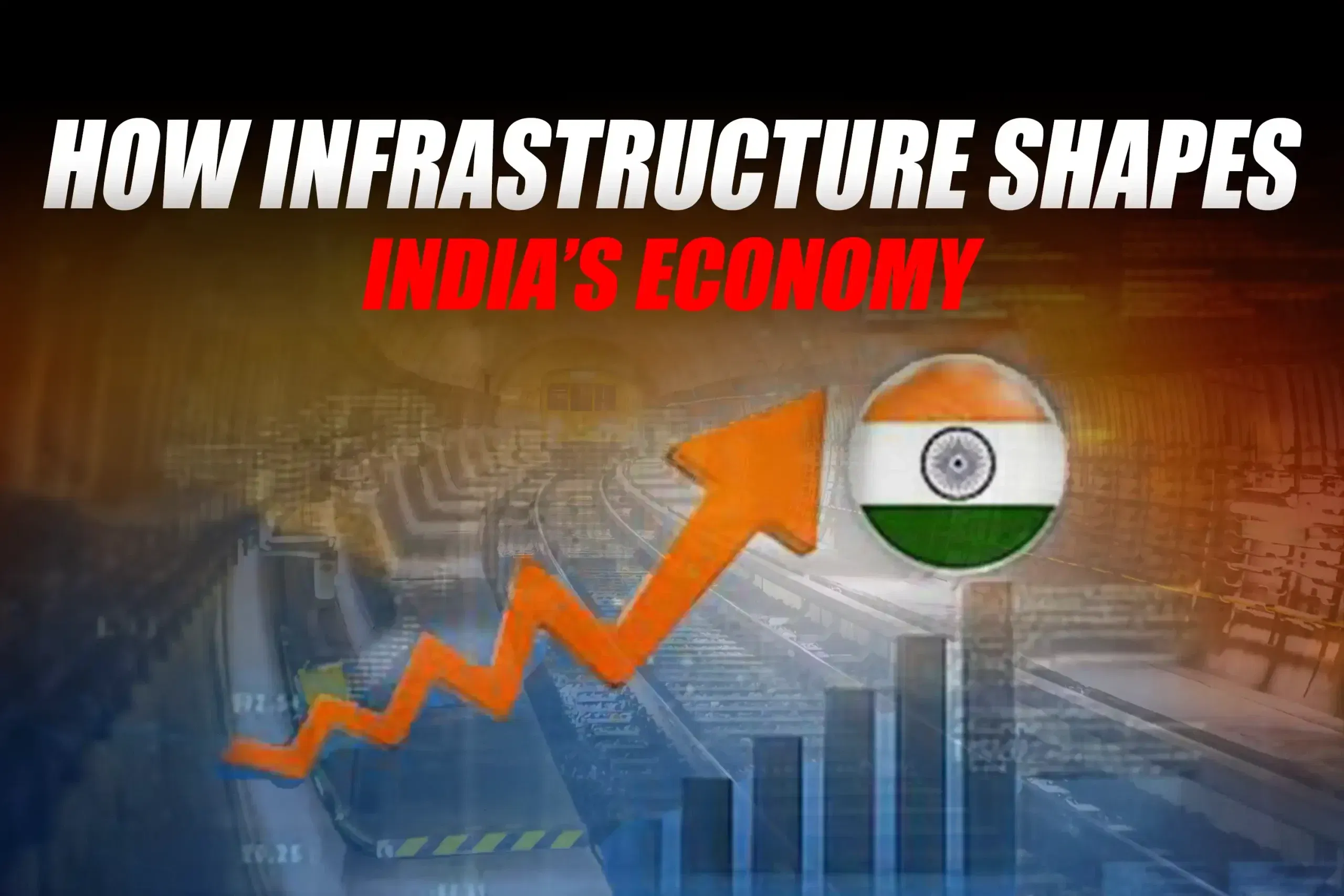Indian infrastructure growth plays a central role in determining the country's economic performance. Roads, railways, ports, and telecommunication networks offer necessary connectivity that supports trade, investment, and manufacturing activity. Government infrastructure programs have aimed to upgrade transport corridors, increase urban transit networks, and create energy and information networks, reflecting a comprehensive approach to national development and efficiency in the use of resources.
The effect of infrastructure on GDP is direct and indirect. Directly, the construction activity creates jobs, triggers raw material demand, and aids industrial production. Indirectly, well-functioning infrastructure makes costs of transportation lower, supply chains more efficient, and facilitates easier movement of goods and services. Collectively, these impacts support India GDP growth 2025 forecasts, which point towards consistent growth across sectors and geography.
Government infrastructure projects, such as the National Infrastructure Pipeline and smart city initiatives, target enhanced investment streams and quality public service delivery. Highways, rail lines, and logistics centers investment raises connectivity, reduces operating costs, and facilitates industrial output. Also, improvements in energy and digital infrastructure guarantee reliability and efficiency and underpin the foundation for stable economic performance.
Historical evidence shows a high degree of correspondence between GDP performance and infrastructure development. Phases of increased investment in infrastructure have usually coincided with increased rates of GDP growth, illustrating the economic significance of sustained infrastructure improvement. Infrastructure growth also helps in regional development by enhancing market access, facilitating local industry, and even narrowing the gap between rural and urban communities.
In addition, improvements in infrastructure affect ancillary sectors like manufacturing, logistics, and services. Advanced transport systems enable quicker delivery, while energy and digital networks enable technology-based development and innovation. These interdependent effects serve to illustrate that development in infrastructure is not independent but an intrinsic part of overall economic activity.
Overall, Indian economic performance is closely related to the growth of infrastructure. Through improved connectivity, efficiency, and sectoral integration, the developments affect India GDP growth 2025 projections and national development at large. Ongoing monitoring and strategic planning are essential in ensuring the effectiveness of infrastructure investment on economic performance.
91Infra is your ultimate destination for everything related to construction and infrastructure. Whether you're looking for new or used equipment, project insights, or industry updates, we’ve got you covered. Explore in-depth reviews, detailed specifications, and the best deals tailored to your business needs. Stay informed with the latest news, expert analysis, and stories shaping the industry.
Follow us on Facebook, Instagram, and subscribe to our YouTube channel to get the latest updates, expert videos, and insights from the world of infrastructure!
Latest Construction Equipments News
91Infra is a rapidly growing digital platform that provides the latest updates and detailed information about the infrastructure and construction equipment industry.










